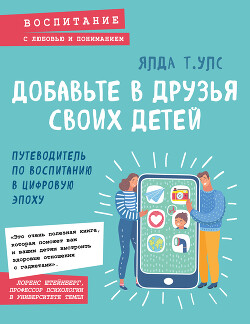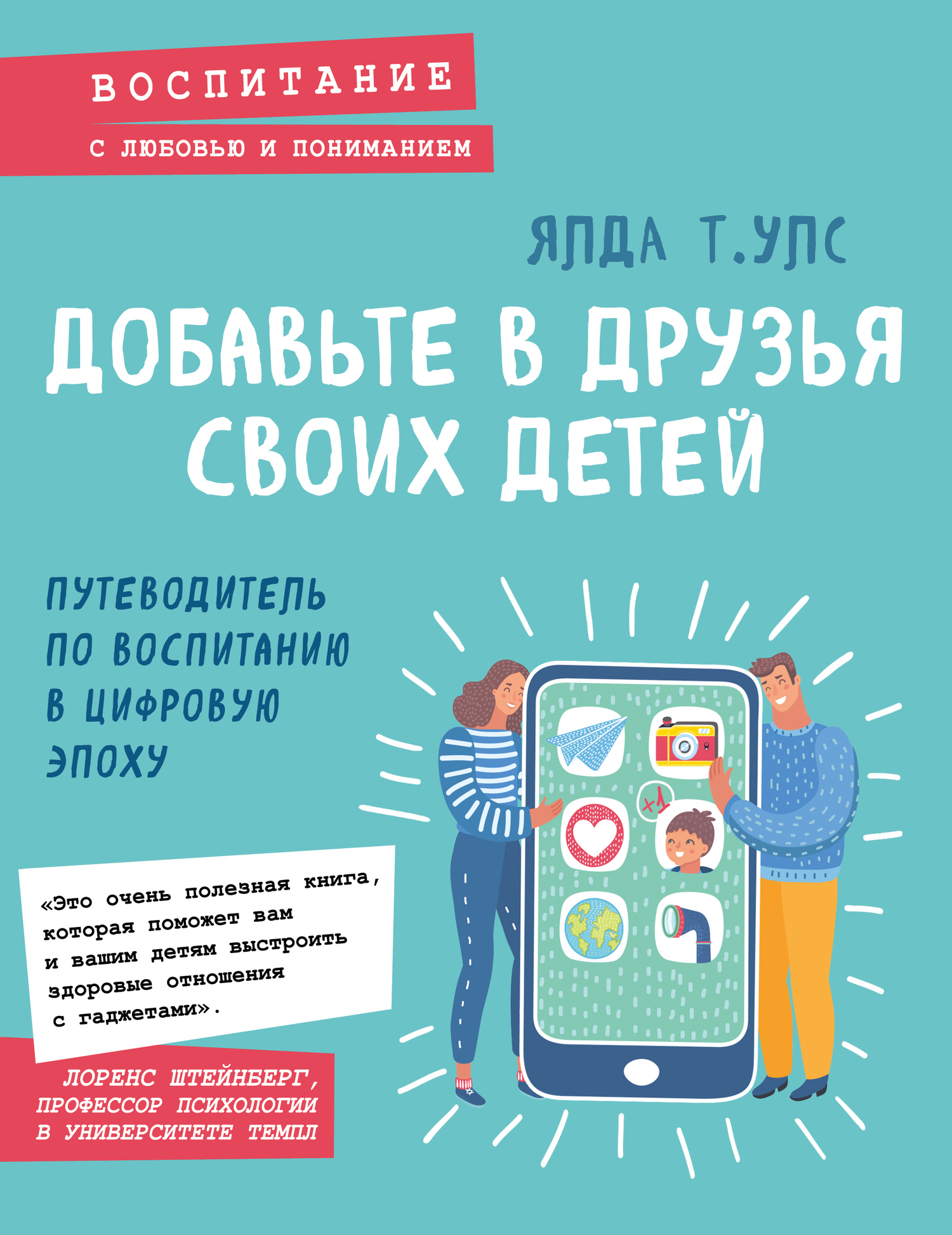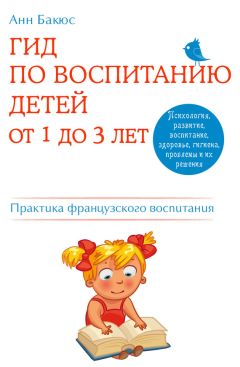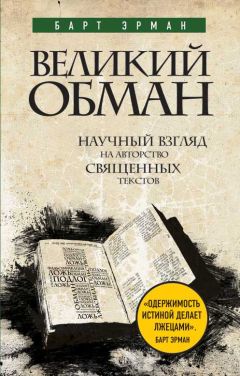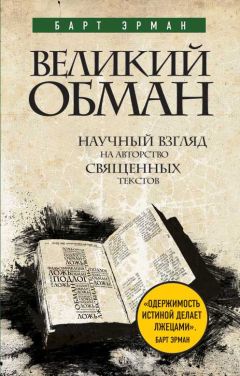Firth, C.D., and U. Firth. “Mechanisms of Social Congnition.” Annual Review of Psychology 63 (2012): 287-313.
Foehr, U.G. “Media Multitasking Among American Youth: Prevalence, Predictors and Pairings.” Kaiser Family Foundation, 2006.
Forbes, E.E., N.D. Ryan, M.L. Phillips, S.B. Manuck, C.M. Worthman, D.L. Moyles, J.A. Tarr, S.R. Sciarrillo, and R.E. Dahl. “Healthy Adolescents’ Neural Response to Reward: Associations with Puberty, Affect, and Depressive Systems.” Journal American Academy Child Adolescent Psychiatry 49 (2010).
Franco, James. “The Meanings of the Selfie.” New York Times, December 26, 2013.
FTC. “Protecting Your Child’s Privacy Online,” 2013. http://www.consumer .ftc.gov/articles/0031-protecting-your-childs-privacy-online.
Gallagher, B. “No, Snapchat Isn’t About Sexting, Says Co-Founder Evan Spiegel.” Techcrunch,2012.http://techcrunch.com/2012/05/12/snapchat-not-sexting/.
Galvan, A., T.A. Hare, C.E. Parra, J. Penn, H. Voss, G. Glover, and B.J. Casey. “Earlier Development of the Accumbens Relative to Orbitofrontal Cortext Might Underlie Risk-Taking Behavior in Adolescents.” The Journal of Neuro- science 26, no. 5 (2006): 6885-92.
Gardner, M., and L. Steinberg. “Risk-Taking Among Adolescents, Young Adults and Adults: The Role of Peer Influence.” Developmental Psychology, 2005.
Gentzkow, M., and J.M. Shapiro. “Preschool Television Viewing and Adolescent Test Scores: Historical Evidene from the Coleman Study.” The QuarterlyJour- nal of Economics, 2008.
Giannotti, D., G. Patrizi, G. Di Rocco, A.R. Vestri, C.P. Semproni, S. Pontone, G. Palazzini, and A. Redler. “Play to Become a Surgeon: Impact of Nintendo Wii Training on Laparoscopic Skills.” PLOS One 8 (2013).
Giedd, J.N. “Brain Development During Childhood and Adolescence: A Longitudinal MRI Study.” Nature Neuroscience 2 (1999). “The Digital Revolution and Adolescent Brain Evolution.” Journal of
Adolescent Health 51 (2012): 101-5.
Gillam, C. “Missouri Mom Charged for Topless Hot Tub Photo with Teen Daughter,” December 18, 2013. http://uk.reuters.com/article/2013/12/18/ us-usa-toplessmom-missouri-idUKBRE9BH1ID20131218.
Gindrat, A.D., M. Chytiris, M. Balerna, E.M. Rouiller, and A. Ghosh. “Use-Dependent Cortical Processing from Finger-Tips in Touchscreen Phone Users.” Current Biology, 2014.
Goffman, E. The Presentation of Self in Everyday Life. New York: Anchor, 1959.
“Google NGram Viewer,” n.d. http://books.google.com/ngrams.
Granic, I., A. Lobel, and R.C.M Engeles. “The Benefits of Playing Video Games.” American Psychologist, 2013.
Griffiths, M. “The Therapeutic Use of Videogames in Childhood and Adolescence.” Clinical Child Psychology and Psychiatry 8 (2003).
Grosser, B. “What Do Metrics Want? How Quantification Prescribes Social Interaction on Facebook.” Computational Culture, 2014. http://computationalculture .net/article/what-do-metrics-want.
“Growing Wireless: Quick Facts,” 2015. http://www.growingwireless.com/get -the-facts/quick-facts.
Guernsey, L. Screentime: How Electronic Media – from Baby Videos to Educational Software—Affects Your Child. Basic Books, 2011.
Gunter, W.D., and K Daly. “Causal or Spurious: Using Propensity Score Matching to Detangle the Relationship Between Violent Video Games and Violent Behavior.” Computers in Human Behavior 28 (2012).
Harrison, M.A., and A.L. Gilmore. “U Txt WHEN? College Students’ Social Contexts of Text Messaging.” The Social Science Journal 49 (2012).
Harter, S. “Developmental Differences in the Nature of Self Representations: Implications for the Understanding, Assessment, and Treatment of Maladaptive Behavior.” Cognitive Theory and Research 14 (1990): 113-42.
Havas Worldwide. “The New Dynamics of Family.” 2015. http://www.slideshare .net/HavasWorldwide/the-new-dynamics-of-family.
Hayne, H., J. Herbert, and G. Simcock. “Imitation from Television by 24- and 30-Month-Olds.” Developmental Science 6 (2003): 254-61.
Henn, Steve. “What Happened to Women in Computer Science?” NPR, n.d. http://www.npr.org/blogs/money/2014/10/21/357629765/when-women -stopped-coding.
Higgins, S., Z. Xiao, and M. Katsipataki. The Impact of Digital Technology on Learning: A Summary for the Education Endowment Foundation. Durham University: Education Endowment Foundation, 2012.
Highlights magazine. “The State of the Kid, 2014.” https://cdn.highlights.com/ hfc/highlights/state-of-the-kid/Highlights-SOTK14.pdf?_ga=1.157347514 .1483083552.1403891518.
Hysing, M., S. Pallesen, K.M. Stormark, R. Jacobsen, A.J. Lundervold, and B. Siversten. “Sleep and Use of Electronic Devices in Adolescence: Results from a Large Population Based Study.” BMJ Open 5 (2015).
Iacoboni, M. “Imitation, Empathy and Mirror Neurons.” Annual Review of Psychology, 2009.
“Internet Growth Statistics.” Internet World Stats, 2014. http://www.internet- worldstats.com.
“Intrusive Monitoring of Internet Use by Parents Actually Leads Adolescents to Increase Their Risky Online Behavior.” Science Daily, 2015. http://www .sciencedaily.com/releases/2015/01/150121093507.htm.
Ito, M., S. Baumer, M. Bittanti, d. boyd, R. Cody, B. Herr-Stephenson, H. Horst, et al. Hanging Out, Messing Around, and Geeking Out: Kids Living and Learning with New Media. 1st ed. The John D. and Catherine T. MacArthur Foundation Series on Digital Media and Learning. Cambridge, MA: MIT Press, 2009.
Izard, C., S. Fine, D. Schultz, A. Mostow, B. Ackerman, and E. Youngstrom. “Emotion Knowledge as a Predictor of Social Behavior and Academic Competence in Children at Risk.” Psychological Science 12 (2001): 352.
Jaffe, A., and Y. T. Uhls. “Internet Addiction—Epidemic or Fad?” Psychology Today, 2011. https://www.psychologytoday.com/blog/all-about-addiction/ 201111/ internet-addiction- epidemic-or-fad.
Jane McGonigal: Gaming Can Make a Better World. Ted2010, 2010.
Jeong, S., H. Cho, and Y. Hwang. “Media Literacy Interventions: A Meta-Analytic Review.” Journal of Communications 62 (2012).
John, D.R. “Consumer Socialization of Children: A Retrospective Look at Twenty-Five Years of Research.” Journal of Consumer Research 26 (1999): 183-213.
Johnson, M.H. “State of the Art: How Babies’ Brains Work.” Psychologist 13 (2000).
Johnston, L.D., P.M. O’Malley, J.G. Bachman, J.E. Schulenberg, and R.A. Miech. Monitoring the Future: National Survey Results on Drug Use, 1975-2013. University of Michigan: National Institute on Drug Abuse at the National Institute of Health, 2013.
JWT Intelligence. “Gen Z: Digital in Their DNA.” April 2012.
Kaasens-Noor, E. “Twitter as a Teaching Practice to Enhance Active and Informal Learning in Higher Education: The Case of Sustainable Tweets.” Active Learning in Higher Education 13 (2012).
Kaplan Test Prep. “Kaplan Test Prep Survey: Percentage of College Admis- sons Officers Who Visit Applicants’ Social Networking Pages Contin- nues to Grow – but Most Students Shrug,” 2014. http://press.kaptest.com/ press -releases/kaplan-test-prep-survey -percentage -of-college-admissions-officers-who-visit-applicants-social-networking-pages-continues-to-grow-but-most-students-shrug.
Karl Fisch, modified by Scott McLeod. Did You Know: Best of Shift Happens, 2010. https://www.youtube.com/watch?v=jp_oyHY5bug.
Karsenti, T., and A. Fievez. The iPad in Education: Uses, Benefits, and Challenges – A Survey of 6,057 Students and 302 Teachers in Quebec, Canada. Montreal, Canada: CRIFPE, 2013.
Kaufman, L. “Chasing Their Star, on YouTube.” New York Times. February 1, 2014. http://www.nytimes.com/2014/02/02/business/chasing-their-star-on -youtube.html?_r= 0.
